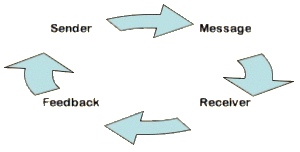Now that you know who your customers are, what they’re buying, and the value you offer them, it’s time to consider the message delivery channels. This is generally considered to be the area where you advertise your business, and it is one of the most challenging aspects of business ownership.
Where do you spend your advertising dollars? You need to know what you want your ads to do:
- Create exposure
- Increase brand awareness
- Get paying customers in the door
- Generate a return on the investment
- Build brand loyalty
Modern advertising theory holds that customers must first know you exist. They will then investigate and vet you to determine if you’re legit and how you’re different. Then they purchase. Age, gender, lifestyles, and other consumer demographics determine how best to deliver your message.
When you think about texts, most people respond almost immediately when they hear the text message alert. Whether it calls them to action on your behalf is another matter.
Consumers will vet your company by checking out your website or social media presence, so take care to ensure it achieves your goal and purpose of being relevant to the message.
TV commercials can build brand awareness and create a sense of urgency, but remember most consumers with a DVR (digital video recorder) fast forward through commercials.
Direct mail and other print channels can be effective if targeted to specific consumers and delivered with a definite call to action. Newspaper and magazine ads can work if the message resonates with the readers and are designed for maximum impact.
As the business owner, consider engaging a professional marketing firm to manage your advertising, but you must make the ultimate decision on how much to spend and where. If your ads fail to achieve your objectives, make the necessary changes.








